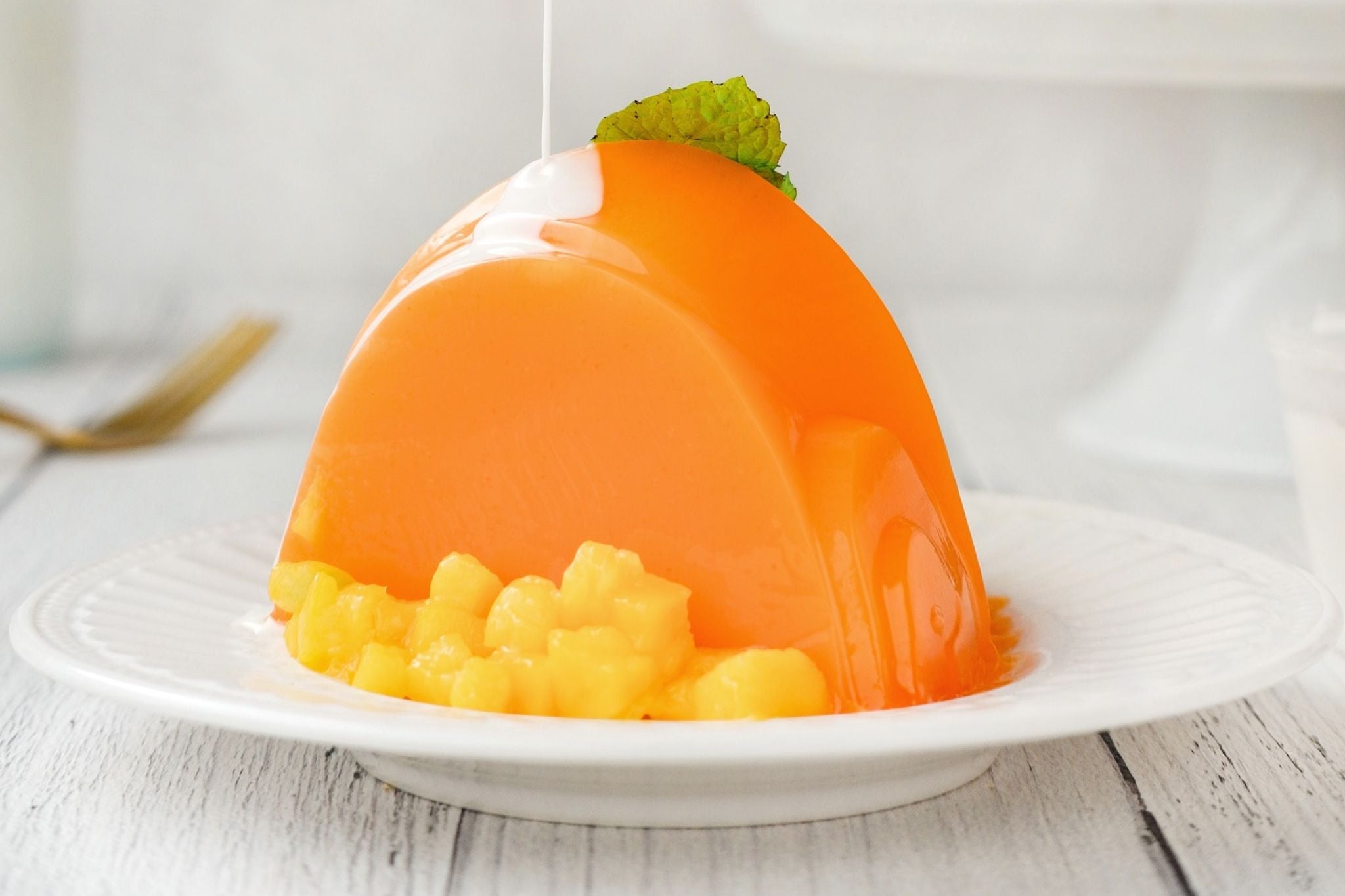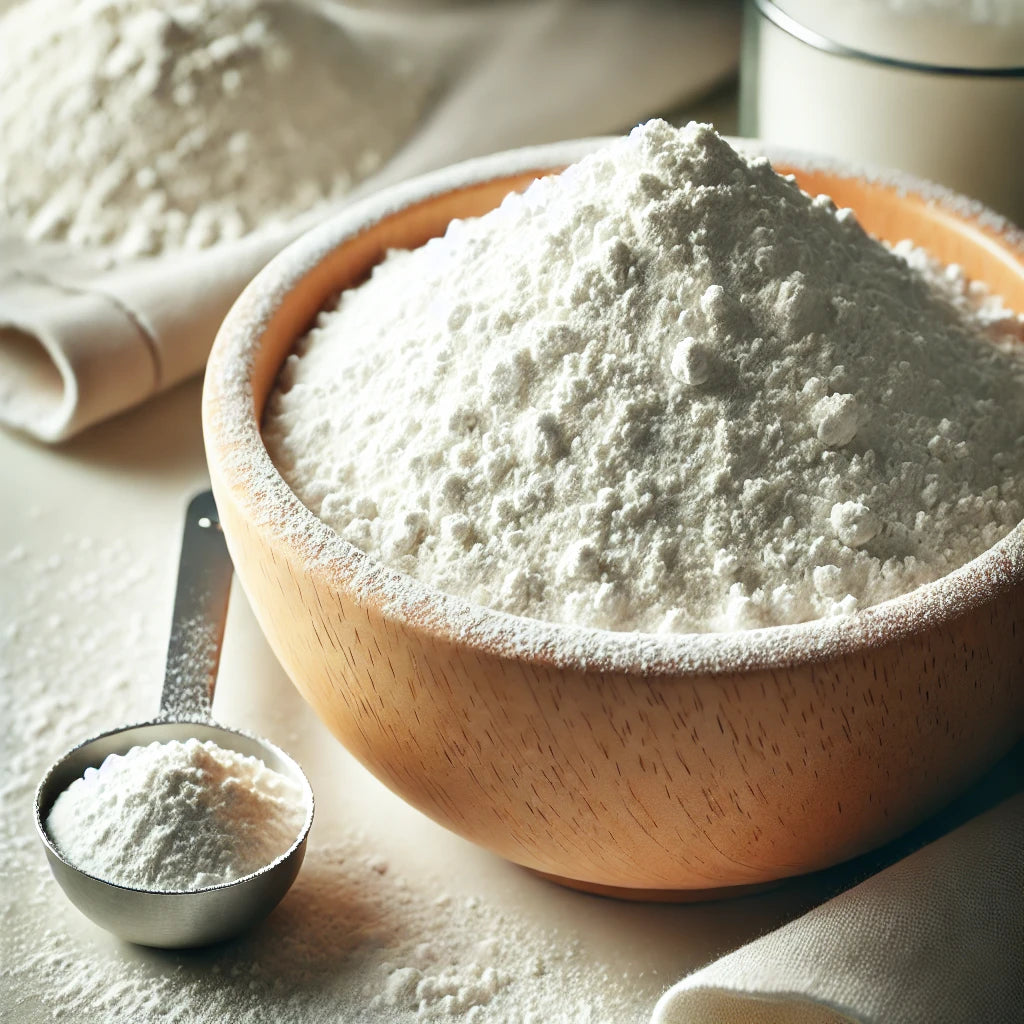
Understanding Gelatin: Demystifying This Essential Ingredient in Baking
Gelatin can seem like a daunting ingredient to work with, and I often see anxiety in my workshops the moment I mention that the cream needs to be stabilized with gelatin. I believe this unnecessary worry stems from a lack of information about this vital ingredient in the pastry world. Most likely, negative experiences arise from incorrect measurements—whether too much or too little—and the resulting recipe not turning out as expected.
Gelatin is most commonly used in pastry to stabilize creams and various fillings, especially in desserts and layered cakes.
So don’t be afraid of this mysterious ingredient—use it and learn everything you can about its versatile application in cake-making!
There is plenty of scientific literature available on gelatin, but as a pastry chef, you only need to know a little to create delicious desserts. In this article, I won’t dive into the chemical terminology but will focus on the key information that will help you understand how to use gelatin in recipes and even create your own!
Here’s what you’ll learn:
- Comparing Gelatin Sheets and Powdered Gelatin
- Gelatin Strength/BLOOM
- Where to Use Gelatin
- How to Properly Use Gelatin
- The Effect of Other Ingredients
- What is Gelatin Mass?
Gelatin Sheets or Gelatin Powder?
Edible gelatin comes in two forms: sheets and powder. Both dissolve in warm water and, when cooled, form gels. Both can be used for the same purposes, but you'll need to convert the quantities between the two forms. To do this, you need to know the details about the gelatin you have.
What Does Gelatin BLOOM Mean and What Is Gelatin Strength?
Gelatin sheets are classified by type, such as gold, silver, platinum, etc., each with a different BLOOM strength. It’s essentially the same gelatin, with the same properties, but each type of sheet will have a different weight, determining how firm the gel will be based on the amount of gelatin used. The more gelatin you use, the firmer the gel becomes. The most important characteristic of gelatin is its gel strength, known as BLOOM strength.
The BLOOM strength and weight per sheet of gelatin are as follows:
- Titanium: 120 bloom / 6 g
- Bronze: 140 bloom / 3.5 g
- Silver: 160 bloom / 2.5 g
- Gold: 200 bloom / 2 g
- Platinum: 230 bloom / 1.75 g
The BLOOM measurement refers to the clarity of the gel, with higher numbers indicating a clearer product. For most recipes, titanium or 120 BLOOM gelatin is perfectly suitable, especially for foods where clarity is not a priority, such as chocolate mousse. For recipes where the clearest gel is desired, platinum or 230 BLOOM gelatin is the best choice, often used in confectionery products like jellies. Regardless of your needs, BLOOM numbers are an important consideration when choosing the right gelatin for your project.
A common misconception is that a higher BLOOM number means you’ll need to use less gelatin. No matter the BLOOM strength, the gelling power is the same; what changes is the weight of the sheet and the gel’s clarity. This means that if you’re using higher BLOOM gelatin, you’ll need more sheets to achieve the same result as lower BLOOM gelatin. This is why I always indicate gelatin in grams in my recipes, not sheets, to simplify conversions when needed.
For example, if the recipe calls for one sheet of titanium gelatin and you have gold sheets, you’ll need three gold sheets!
If you only have powdered gelatin and the recipe calls for one sheet of titanium gelatin, you’ll need 6 grams of powdered gelatin plus an additional 30 grams of water to bloom the gelatin.
Where to Use Gelatin
As I’ve observed in my workshops, many home bakers are unsure where and how to use gelatin. They hesitate because of a negative perception of gelatin. When used incorrectly, problems arise—whether the mixture doesn’t gel enough, gels too much, or alters the cream’s texture.
If you are a home baker, you’ve probably made cakes with various fillings. Gelatin can be used in your cake recipes to stabilize whipped cream or cream layers, ensuring they hold up and prevent your cake from collapsing or losing its shape. Generally, gelatin isn’t added to buttercream fillings or frostings since they are stable enough when chilled. I use gelatin in many cream fillings in my recipes, allowing me to create stable cake structures.
How to Use Gelatin
- Bloom the Gelatin in Water: Gelatin should always be bloomed in water before use. Never add it directly to recipes in sheet or powder form. If using sheet gelatin, soak it in room temperature water until the gelatin softens and absorbs the water. Then, squeeze out any excess water before adding it to the recipe.
- Never Boil Gelatin: After adding gelatin to a mixture, it should never be boiled. Although gelatin can withstand high temperatures, prolonged exposure will degrade its gelling properties. If you need to cook a mixture, do so before adding the gelatin.
- Stabilization Time: Gelatin takes time to fully set. Most recipes recommend waiting several hours. The mixture may need to cool, allowing the gelatin proteins to arrange themselves properly. Even after the gel sets, it will continue to firm up. For instance, if you leave a dessert in the fridge for two days, you’ll notice that it’s significantly firmer compared to when it was freshly made.
I usually recommend allowing a prepared filling or cream to stabilize for at least 8 hours.
Freezing
Gelatin is a popular and versatile thickening agent in desserts, mousses, candies, and other frozen treats. However, gelatin isn’t ideal for freezing. It may lose its gelling abilities after thawing. To use gelatin in frozen desserts, you'll need to balance the recipe with starches and fibers to provide additional texture.
The Effect of Other Ingredients
Some ingredients, such as ginger, contain enzymes that break down gelatin proteins, preventing the gel from setting. To neutralize these enzymes, boil the cut ingredients for 5 minutes before adding gelatin.
What Is Gelatin Mass?
In professional recipes, you’ll often see gelatin mass used instead of gelatin sheets or powder. Gelatin mass is pre-bloomed gelatin combined with water. It’s stored in the fridge for 5-7 days and can be used as needed.
To make gelatin mass, the ratio is usually 1 part gelatin to 5 parts water.


